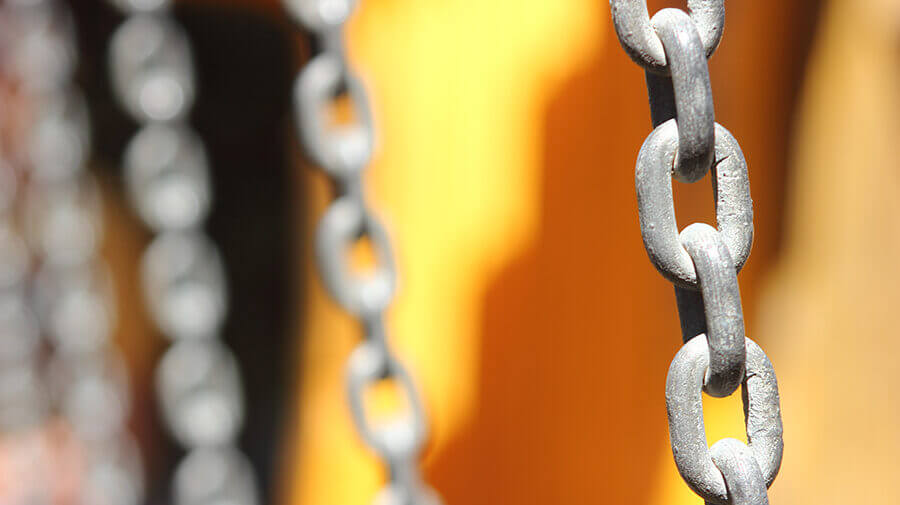Learn how broken links can negatively impact user experience, brand reputation, search engine rankings, and revenue — and how to fix them.

Freelancers love WordPress because it puts them in total control of their website and allows them to make changes at any time without needing to hire expensive professionals. Unfortunately, some changes website owners make to their websites damage the reputation and integrity of their site, and in turn, their brand.
The changes causing the biggest problems center around broken links.
Links are the roads and currency of the internet. Links are how people and search engines travel from page to page and site to site, and they set expectations as to what someone will find if they click and follow that link. Links are also a quality signal for search engines when determining a site’s authority and ranking.
A broken link is a link that no longer leads people to the intended or expected content.
Broken links happen when:
- Changing domain names
- Typing in a URL incorrectly when creating a link on your site
- Deleting a page, post, or even media like an image, video, or PDF
- Renaming a page or post and changing the URL
- Moving content around on your site and changing the link structure
Broken links might not seem like a big deal, but they can negatively impact user experience, brand reputation, search engine rankings, and revenue.
User Experience
Imagine clicking a link, looking forward to the content you’re expecting to encounter, and suddenly seeing a 404 “Page Not Found” error. It’s a frustrating experience.
People bookmark, favorite, save, share, and link to content they like and are interested in. If they later reference that content and the link is broken, it creates a negative user experience. It may not feel like a big deal but Amazon Web Services reports that 88% of online shoppers say they wouldn’t return to a website after having a bad user experience.
Brand Reputation
For freelance businesses that primarily operate online, broken links can damage your reputation.
- Regularly publishing blog posts and social media posts with broken links will make it difficult for people to access content they are interested in and cause your content to be viewed in a more negative light.
- Sending too many emails and newsletters with broken links will drive subscribers to unsubscribe.
- Broken links preventing access to purchased products, courses, programs, memberships, and services can frustrate customers and erode trust.
Search Engine Rankings
Search engines aim to provide users with the best, most relevant, useful, content possible. While Google has shared that a couple of broken links won’t affect your rankings in the search engine results pages (SERPs), it doesn’t mean they can’t affect your rankings in other ways.
A link to your website is a vote of confidence in your site and its quality. It is also a signal to search engines that someone else believes your site is worth paying attention to. The more quality links you have to your website, the better your search engine results page listings will be.
- Broken links create a “dead end” for search bots and waste efforts that could have been spent on legitimate pages.
- Inbound links to your website that result in 404-errors are basically dead links and wasted opportunities.
- Broken links can lead to fewer people linking to your website, and fewer inbound links means lower search engine rankings.
- Broken links cause visitors to bounce and leave your site quickly, and when visitors spend less time on your site, it signals to search engines that your site lack quality content or isn’t relevant.
Conversions And Revenue
Broken links also hurt conversion rates. I’ve abandoned a shopping cart and not made a purchase online because broken links and poor user experiences made me uncomfortable with handing over my credit card details.
If links to a sales page or landing page don’t work, or the purchase or registration links are broken, no one will be able to buy or sign up. If a prospective client or customer visits your site and has a frustrating user experience, they may lose trust in your brand feel uncomfortable moving forward with a purchase.
Identify And Fix Broken Links
Every website owner needs to make checking for and fixing broken links a part of their regular site maintenance.
- You can identify URLs on your site that return 404-errors through Google Search Console
- When deleting pages or posts or changing URLs, the old URL needs to redirected to the new URL to prevent creating a broken link. Redirects can also be put into place to fix existing broken links. My favorite plugin for managing redirects for WordPress sites is Safe Redirect Manager.
- If you find an external site linking to a broken link on your site, document the broken link, identify the new link, and reach out to have the link updated — this helps improve both sites.
- Chrome offers a Broken Link Checker extension that scans your page or the whole site and provides a broken links report within a few minutes.
- Another free Broken Link Checker identifies broken links and shows you where exactly those links are located in your HTML code.
Consumers will only forgive broken links so many times before they stop clicking your links altogether.
Identifying and fixing broken internal links and outbound links on your website helps create positive user experiences for both search engines and people — and positive user experiences lead to stronger brand loyalty and trust, increase conversions, and greater revenue. Cleaning up broken links also makes it easier for search engines to access content, index your pages, and determine the quality of your site so you can get found online more often.
